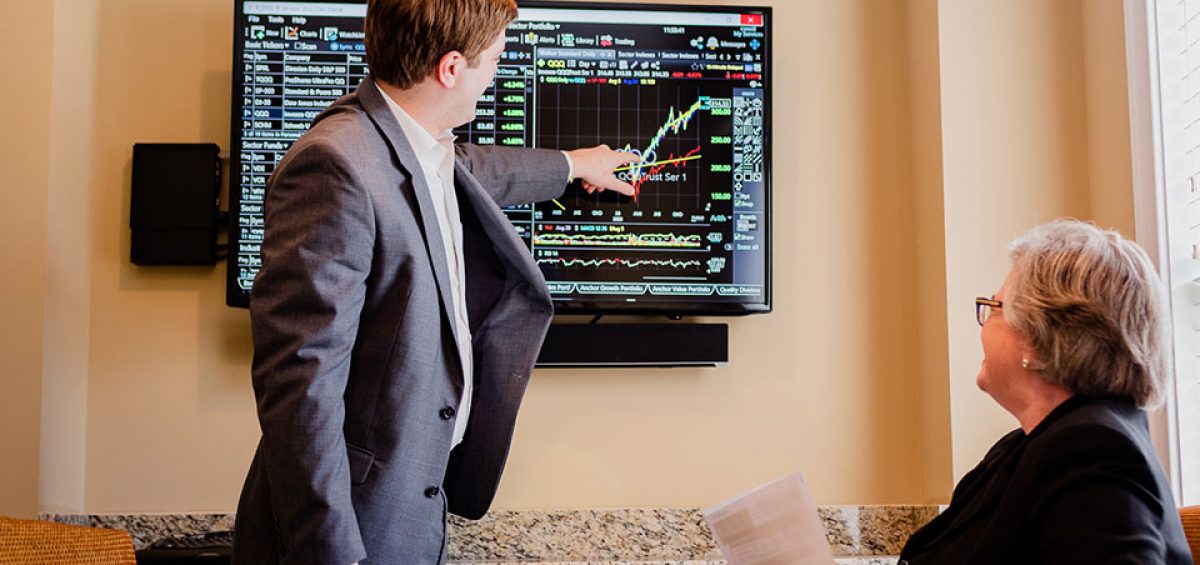Tariffs Aren’t New—But They’re Back in the Spotlight
Tariffs have been around for centuries. They’ve long been used as tools of geopolitics, and today, they’re once again taking center stage in economic and investment discussions. As we look ahead, tariffs are likely to play a bigger role in the global economy—and in your portfolio—than they have in decades.
That’s why we think it’s important to take a moment and break down what tariffs actually are, how they function, and what the broader implications might be.
What Is a Tariff, Really?
At its core, a tariff is a tax on imported goods. It’s applied when a product reaches a country’s border. In the U.S., that tax is collected by Customs, and it’s paid by the importer—not a foreign government or exporter.
This tax raises the cost of the imported good. Ultimately, that higher price is passed along to the consumer. The idea is that if foreign goods become expensive enough, people will choose to buy domestic alternatives instead—supporting local businesses and reducing reliance on imports.
Here’s a simple example: if imported strawberries are hit with a 25% tariff, they become more expensive at the store. Ideally, consumers shift to buying American-grown strawberries, boosting demand for local farmers.
The Strategic Goals Behind Tariffs
Right now, the U.S. is exploring broader tariffs as part of a push to bring more manufacturing and production back home. In some ways, this makes sense. The COVID-19 pandemic exposed vulnerabilities in our supply chains—we struggled to produce basic necessities like masks, medicines and vaccines.
There are also national security considerations. If the U.S. were to enter a major conflict, we’d need to be able to manufacture our own pharmaceuticals, military equipment and food. And of course, reshoring production could help create high-paying jobs at home.
We are also trying to force countries to change their behavior for our benefit. Securing borders, reducing their reliance on the U.S. for their own basic needs, etc. All of this plays well to the American voter but there are downsides that we need to be aware of.
The Trade-Offs
Unemployment in the U.S. is already low—around 4%. We may not have enough workers to fill a large wave of onshored jobs. And more importantly, we need to ask: Are we using our workforce in the smartest way possible? In other words—do we really want millions of Americans sewing t-shirts when they could be building rocket ships?
Tariffs can help us rebuild critical capabilities. But if we overdo it, we risk locking ourselves into a less efficient economy—one focused on protecting old industries instead of fostering new ones.
The Bigger Picture: Tariffs and Global Stability
There’s also a broader shift happening. Since World War II, the U.S. has underpinned a global system of free trade and secure shipping routes. Countries have access to our markets and trade protections in exchange for political alignment.
That system is now under pressure.
Widespread tariffs—especially blanket ones—make global trade more expensive and unpredictable. Companies start rethinking supply chains, reshoring operations or shifting to new regions to avoid tariffs. This breaks up the global economic order we’ve depended on for decades.
Over time, countries may look to strike regional or bilateral trade deals—bypassing the U.S.-led system. As America becomes a less predictable trading partner, our global influence could shrink.
And that has ripple effects. Without the assumption of U.S.-protected shipping lanes, countries may start building up their own militaries. Economic “decoupling” from other nations becomes more permanent. Trade becomes more fragmented, and the risk of political and financial instability grows.
Final Thought: Short-Term Strategy, Long-Term Impact
Tariffs can serve a purpose. They can encourage domestic production, protect key industries and improve national resilience. But used too broadly or too often, they may reshape the global order in ways that create more conflict, less cooperation and a more unpredictable future.
As always, our goal is to keep you informed—not alarmed. We’ll continue to monitor these developments and help you understand how they might impact your investments and the world you live in.






